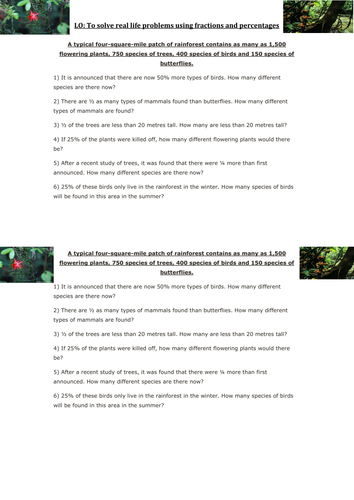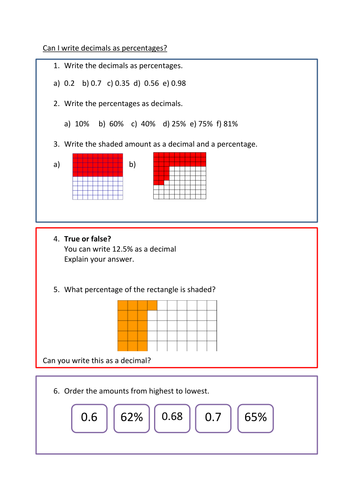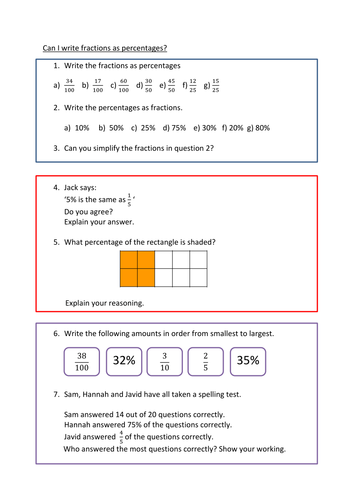Number: Percentages
Throughout these chapters, pupils see how their work with decimals and fractions connects with the concept of percentages.
Pupils will become increasingly aware of percentages through experience of them in their daily lives. They will appreciate that fractions, decimals and percentages are simply different ways of expressing proportions and make connections between all three of them. They will also see that percentages are most frequently used to express proportions.





